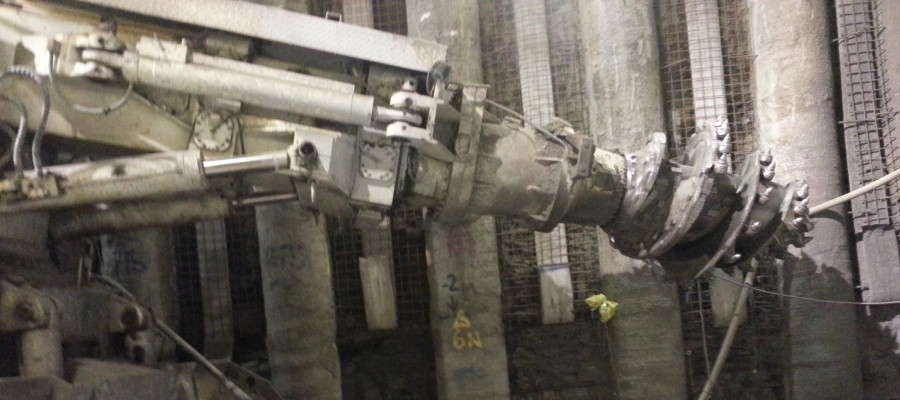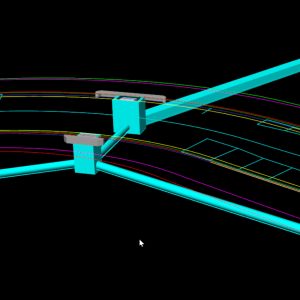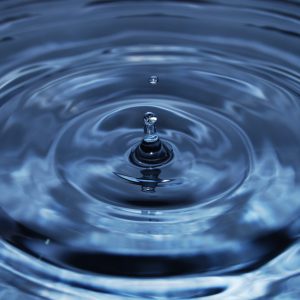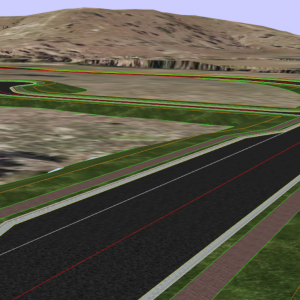Stormwater Drainage 3 – Dynamic Analysis
$495.00 inc GST
Stormwater Drainage – Network Design and Rational Analysis is a one day course about the use of 12d Model’s ‘Dynamic Drainage Analysis’ engine to analyse drainage networks.
The course shows how to use 12 Model to meet the requirements of ARR2019
- Start Time:1:00pm
- End Time: 4:00pm
- Date: 1:00pm – 4:00pm, Tuesday 4th, Wednesday 5th & Thursday 6th June 2024
- Place: Online
4 places available
Stormwater Drainage – Dynamic Analysis
This course for Water Resource Engineers who wish to use 12d Model’s sophisticated ‘Dynamic Drainage Analysis’ engine.
The course covers the use 12d Model to meet the requiremenbtds of ARR2019 for hydrology.
We build on the work done in the Network Design and Rational Analysis course.
The emphasis of the course is on hydraulics and hydrology, but it is not intended for novice 12d Model users.
Prerequisites:
- Attended “Stormwater Drainage – Geometric Design” and Network Design and Rational Analysis courses
- Have an excellent working knowledge of creation and editing of Drainage Strings in 12d Model.
You must be fully familiar with the Water Network Editor (WNE) and know how to create drainage strings in 12d Model.
Outcomes
At the end of the course, participants will be familiar theory behind the hydrogology and hydraulics of 12d Model’s Dynamic Drainage Analysis, and will have practical hands-on experience modelling and analysing a network that includes bi-frucation, surcharging nodes, open channels, and attenuation structures.
Course Summary
Hydrology
- Analysis using ILSAX Hydrology
- Modelling losses using the Horton and Initial/Continuing Loss methods
- Modelling Storm Ensembles using ARR2019 methodology
- Reviewing graphical outputs
Hydraulics
- Modelling diverging flow (low flow pipe with high flow channel)
- Determining bypass flows and bypass water levels and widths
- Modelling natural channels using section shapes cut from the design tin.
Detention Basin Design
- Creating detention basins and extracting elevation area curves from the tin,
- Multiple outlets design (combining spillway, control pipe, orifice)






